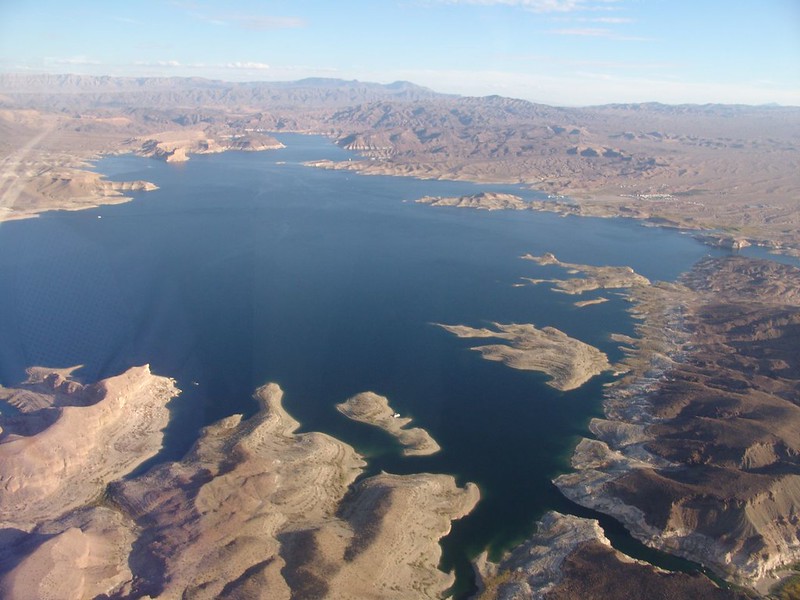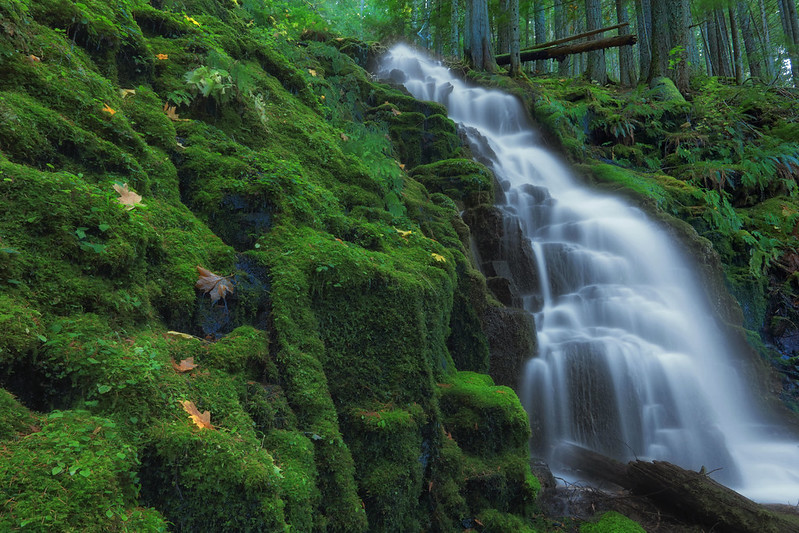The hidden aquifer beneath the Cascade Mountains is estimated to hold three times more water than Lake Mead, which supplies water to three states. This aquifer is a crucial water supply for Oregon.
Beneath Oregon's Cascade Mountains lies a massive secret—an enormous underground aquifer, recently discovered by a team of researchers from the University of Oregon. This hidden water reservoir is estimated to hold around 81 cubic kilometers of water. To put that in perspective, it’s about three times the volume of Lake Mead, the famously overdrawn reservoir along the Colorado River.
Hidden Aquifer Beneath The Oregon Cascades

This aquifer, described as a vast underground lake stored within the volcanic rock of the Cascades, was uncovered during a study exploring the region's geological evolution and water flow patterns. While the research team originally set out to examine the landscape’s volcanic history, they ended up uncovering a crucial piece of Oregon’s water story—an underground resource with far more water than previously imagined.
The Cascades have long been a vital water source for Oregon. The McKenzie River, which provides most of Eugene's drinking water, begins its journey high in the mountains from Clear Lake, a spring-fed body of water. This newly discovered aquifer, however, holds an even more impressive volume, suggesting the area has been quietly holding a geological treasure all along.
What is an aquifer? An aquifer is an underground layer of rock or sediment that holds and transmits water. Water enters the aquifer when rain or snowmelt seeps into the ground, filling spaces between rocks or grains of sand. These natural reservoirs can supply wells and springs, making them essential sources of fresh water for drinking, irrigation, and ecosystems.
The discovery was made possible through research projects dating back to the 1980s and '90s. Earlier scientists drilled deep into the ground, measuring temperatures to explore geothermal energy. Typically, rocks heat up the deeper you go, but water trickling down through cracks in the volcanic stone disrupts that heat gradient. By analyzing where temperatures started rising again in those drill holes, researchers could estimate just how much water was present—and it's a lot.
The geology of the Cascades plays a big role in this underground reservoir's formation. The younger, porous volcanic rock found in the high Cascades allows water to move through more easily compared to the older, denser rocks in the western Cascades. This difference in rock types helps explain how so much water can be stored deep underground.
Are Oregon's Water Worries Over With The Discovery Of How Large The Aquifer Under The Cascades Is?
While this discovery is promising, it doesn't mean Oregon's water worries are over. The aquifer is largely replenished by snowmelt, and with climate change causing snowpacks to shrink, there are concerns about long-term sustainability. More rain and less snow in the coming decades could impact how much water makes it into the aquifer. If the snowmelt slows down significantly, even a reservoir this large could face challenges in keeping up with demand.
Understanding this aquifer better could reshape how water resources are managed in the region. Beyond just providing drinking water, the presence of such a large underground body also influences volcanic activity. Water interacting with magma can lead to more explosive volcanic events, which adds another layer of importance to ongoing studies in the area.
While the full scale of the aquifer is still being mapped, the discovery is a reminder of the hidden natural wonders just below the surface—vital resources that need careful management to ensure they can support future generations.













